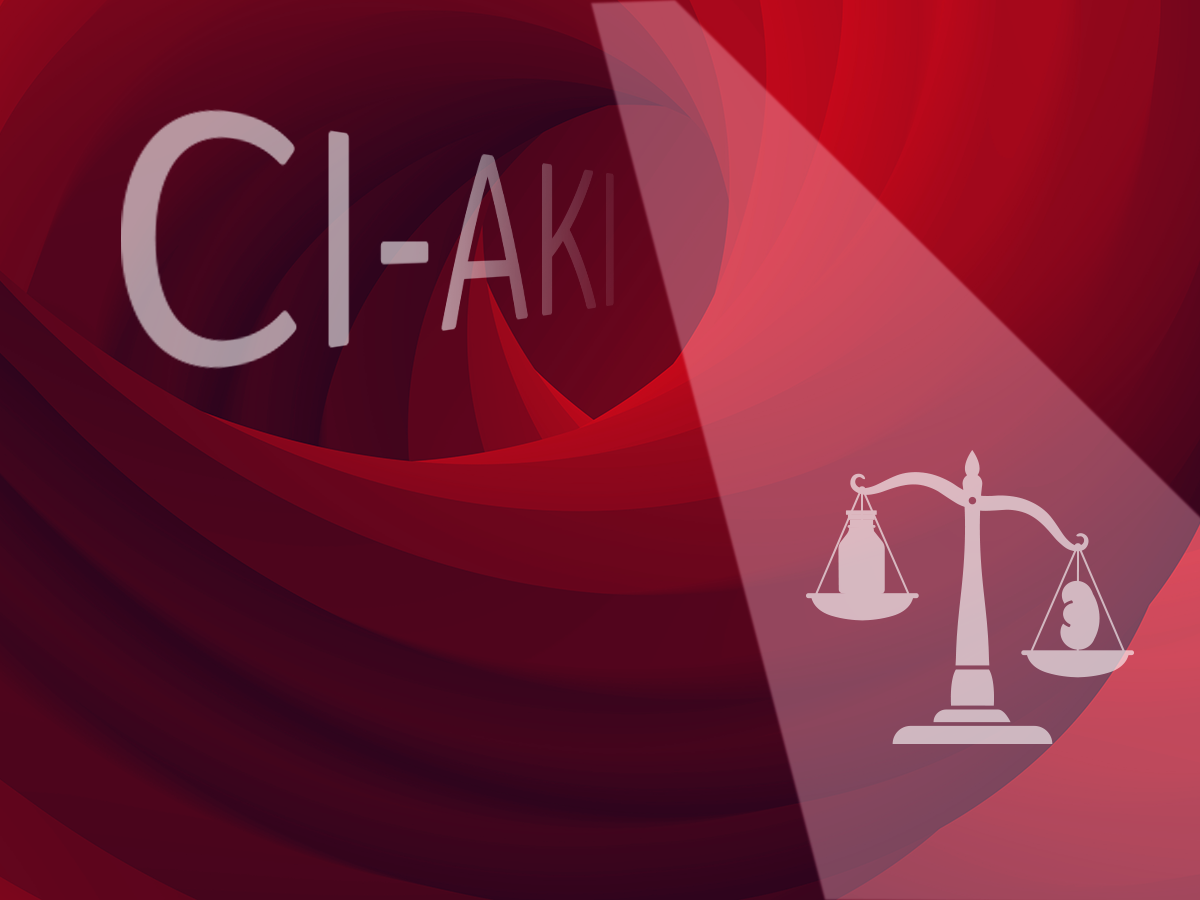The authors concluded that the variation among physicians and the absence of an adjustment in contrast volume for patients at higher risk underscores an important opportunity to reduce AKI.9
So where to begin? A recent survey of international cardiologists suggests simply measuring contrast volume used would be a starting point for many.10 Among 506 cardiology practices, only 62% accurately measured volume. By implementing tools to track and report how much contrast has been used, feedback on areas for contrast reduction could be provided and best practices identified.11
Ultimately, AKI has serious clinical consequences.2 While the causality of the relationship between contrast volume and post-procedural AKI continues to be debated, the association is sufficient to warrant caution.3 Crucially, having any limit on contrast is probably more important than having none at all.2 And with only small changes making a potentially big difference, addressing the volume problem might just be an opportunity to tip the scales in favour of both cardiologists and their patients.10,12
Want to find out more about GE Healthcare contrast media? [Click here to visit the product promotional site]
Abbreviations
ACC: American College of Cardiology AHA: American Heart Association AKI: acute kidney injury
CA-AKI: contrast-associated AKI
CI-AKI: contrast-induced AKI
CIN: contrast-induced nephropathy
CM: contrast media
ESC: European Society of Cardiology
eGFR: estimated GFR
GFR: glomerular filtration rate
NCDR: ACC National Cardiovascular Data Registry
PC-AKI: post-contrast AKI
PCI: percutaneous coronary intervention
SCAI: Society for Cardiovascular Angiography & Interventions
References
1. Seeliger E et al. Eur Heart J 2012; 33(16): 2007-15.
2. Solomon R. Am J Nephrol 2021; 52: 261-3.
3. Azzalini L et al. Can J Cardiol 2016; 32(2): 247-55.
4. Mullasari A, Victor SM. e-J Cardiol Pract 2014; 13(4).
5. Faggioni M, Mehran R. Interv Cardiol 2016; 11(2): 98-104.
6. Almendarez M et al. JACC Cardiovasc Interv 2019; 12(19): 1877-88.
7. Aoun J et al. Curr Opin Hypertens 2018; 27(2): 121-9.
8. Keaney JJ et al. Nephrol Dial Transplant 2013; 28(6): 1376-83.
9. Amin AP et al. JAMA Cardiol 2017; 2(9): 1007-12.
10. Prasad A et al. Catheter Cardiovasc Interv 2017; 89: 383-92.
12. Singh R, Zughaib M. Cardiol Res Pract 2019; 2019: 9238124.

